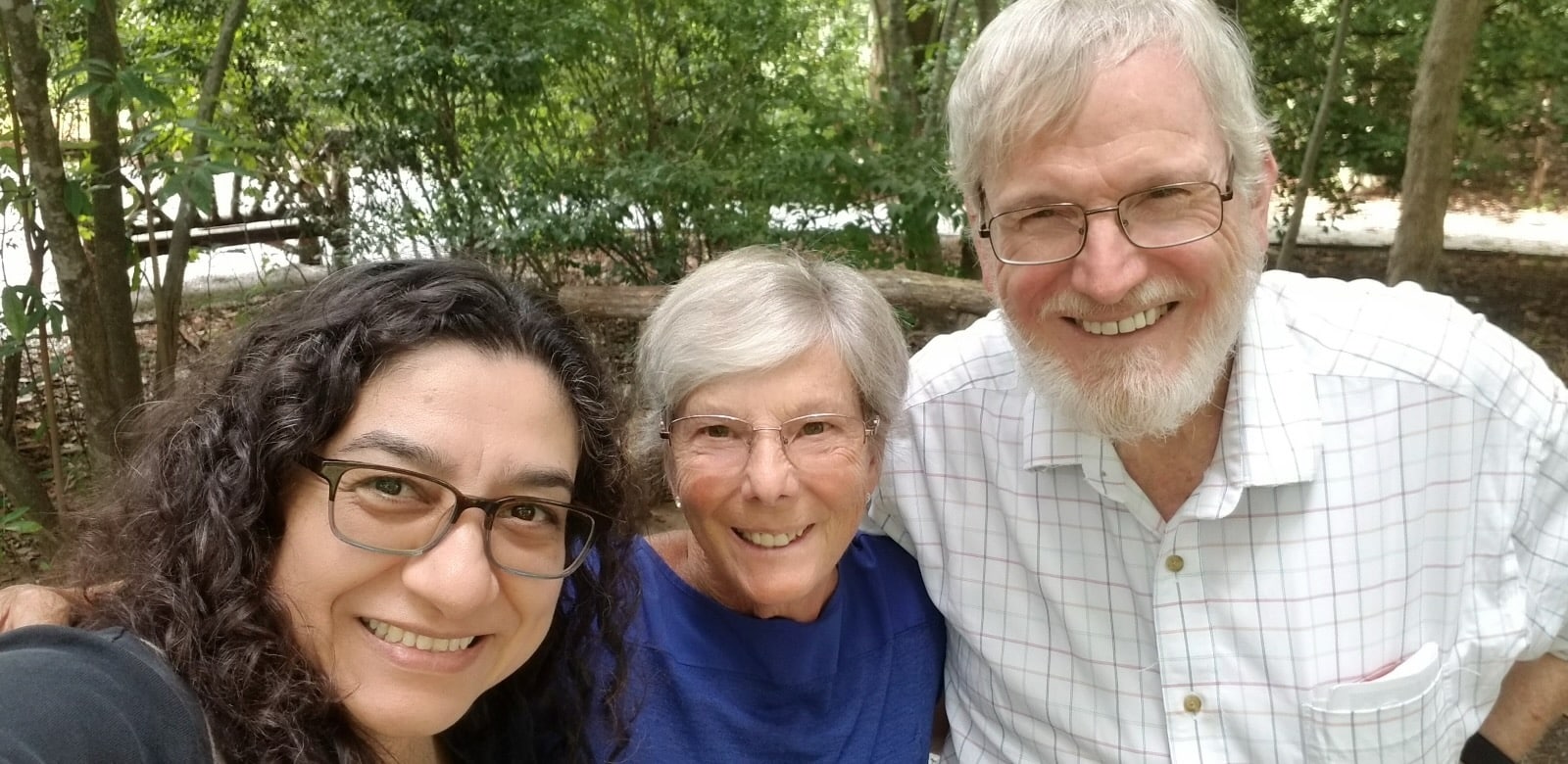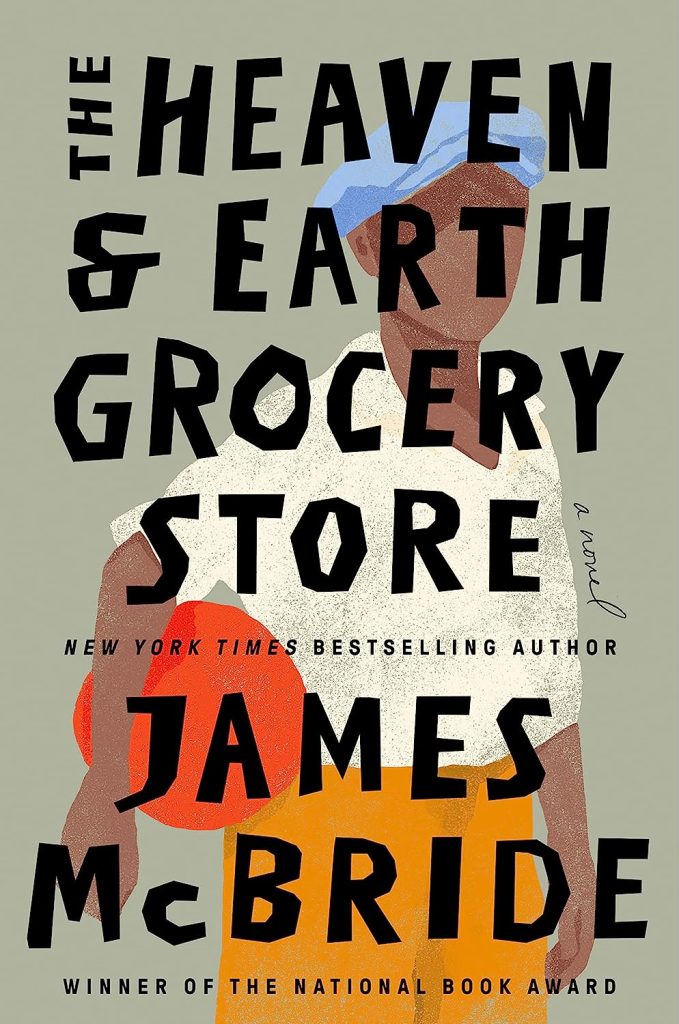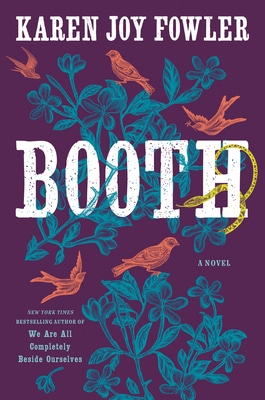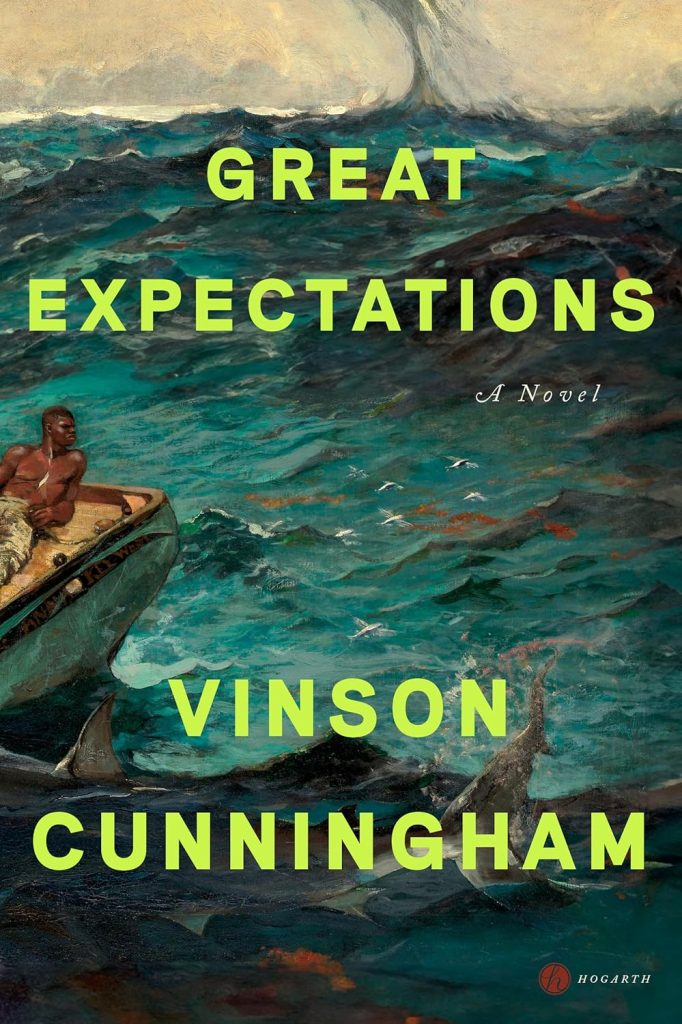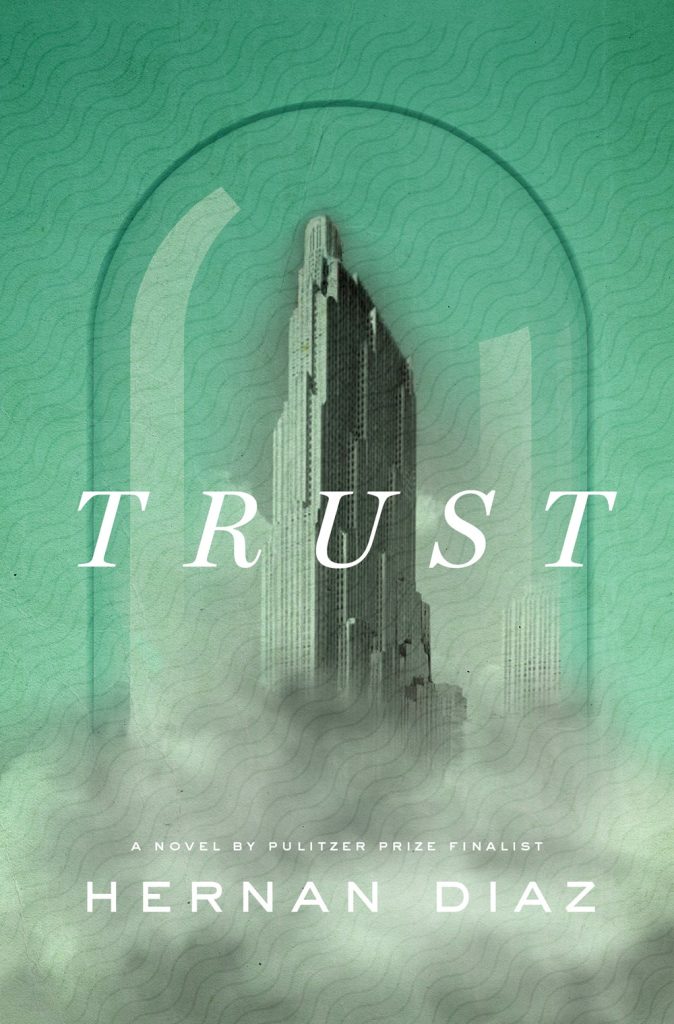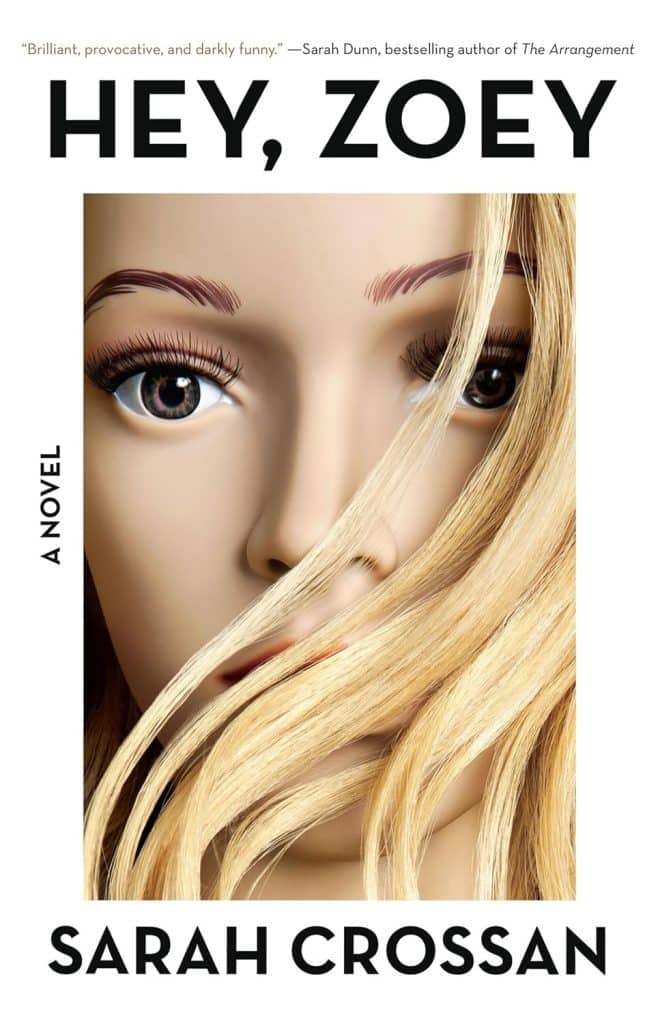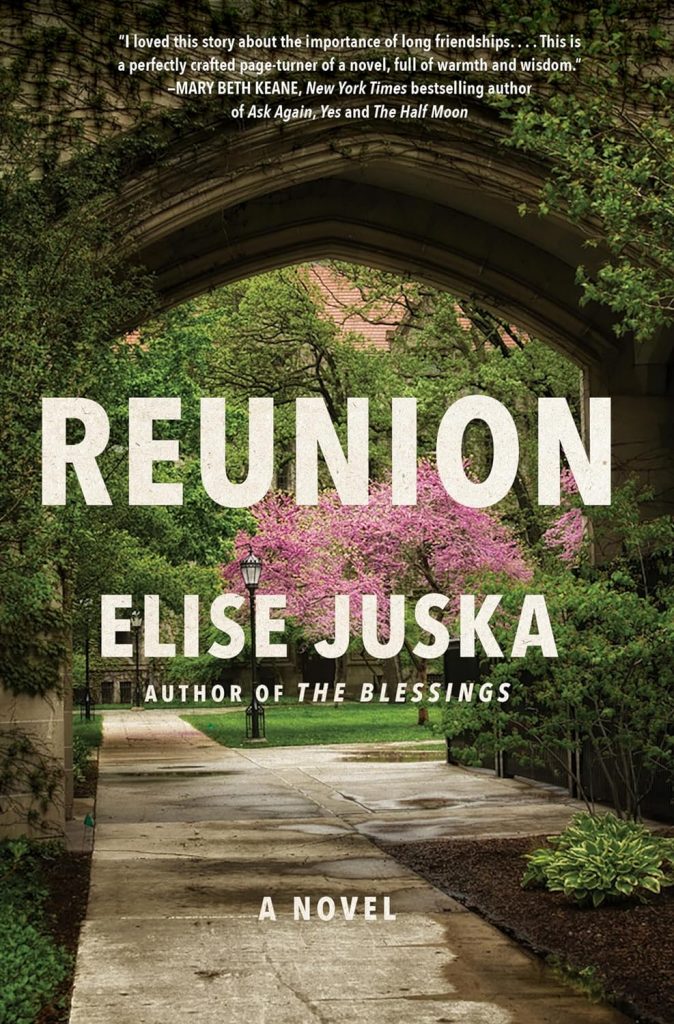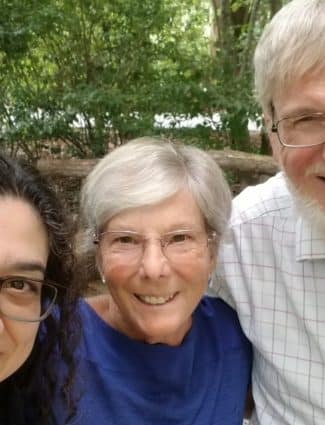
Hanson Park With Friends!
Estimated reading time: 1 minute, 8 seconds Having friends visit me is less common than I would like.
Having friends visit me is less common than I would like.
But that is probably the case with everyone, not just those who have lost the love of their lives.
Yesterday, my friends Ana and Dottie texted me to surprise me, saying that they were going to Hanson Park, which Dottie had not visited.
I cannot say no to a chance to describe the plans for Jan’s memorial garden.
It is such a joy to sit on the benches with plaques remembering Jan, describe the triangle where the park will be, and have lovely conversations.
Soon, the Lyman Whitaker Double Spinner – Copper wind sculpture will arrive and be installed. The Double Spinner will reflect Jan’s spirit and enthusiasm for life. It will also be a beacon to the Cranford community and encourage more people to visit Hanson Park.

In this new phase of my life, I know one self-evident truth: the love Jan and I shared will never die!
The Jan Lilien Education Fund sponsors ongoing sustainability and environmental awareness programs. Gifts made this month; I will match dollar-for-dollar. All donations are tax-deductible.
I receive a commission when you buy a book or product using a link on this page. Thank you for supporting Sharing Jan’s Love blog.



